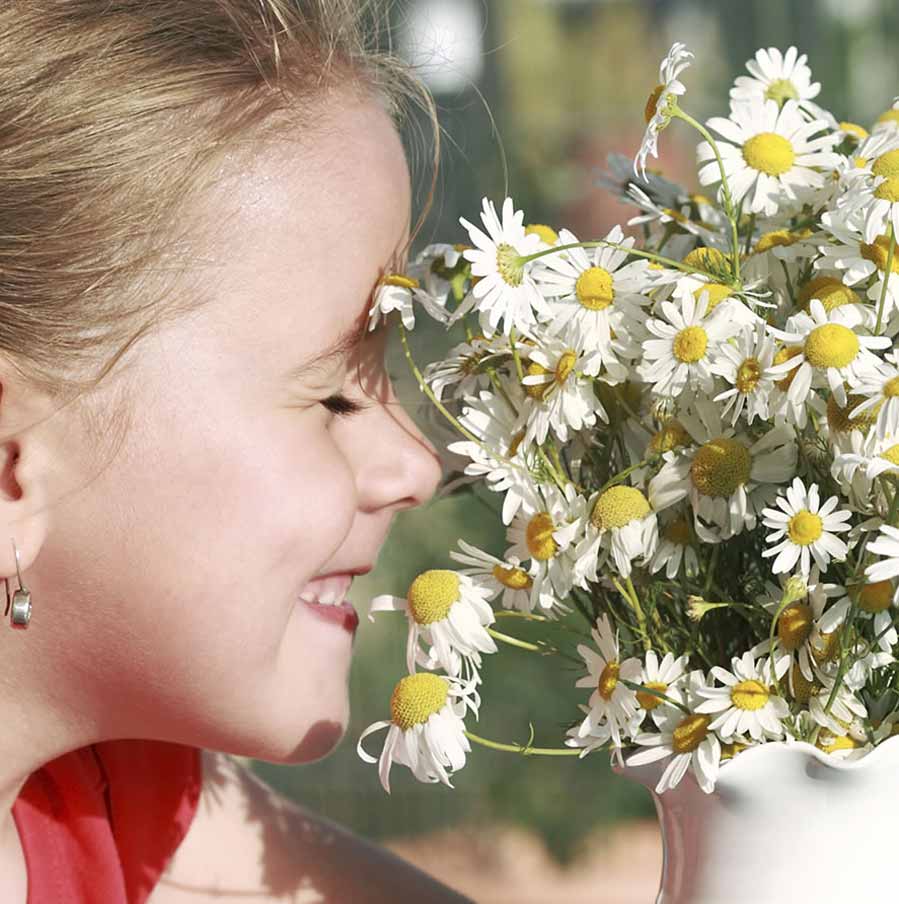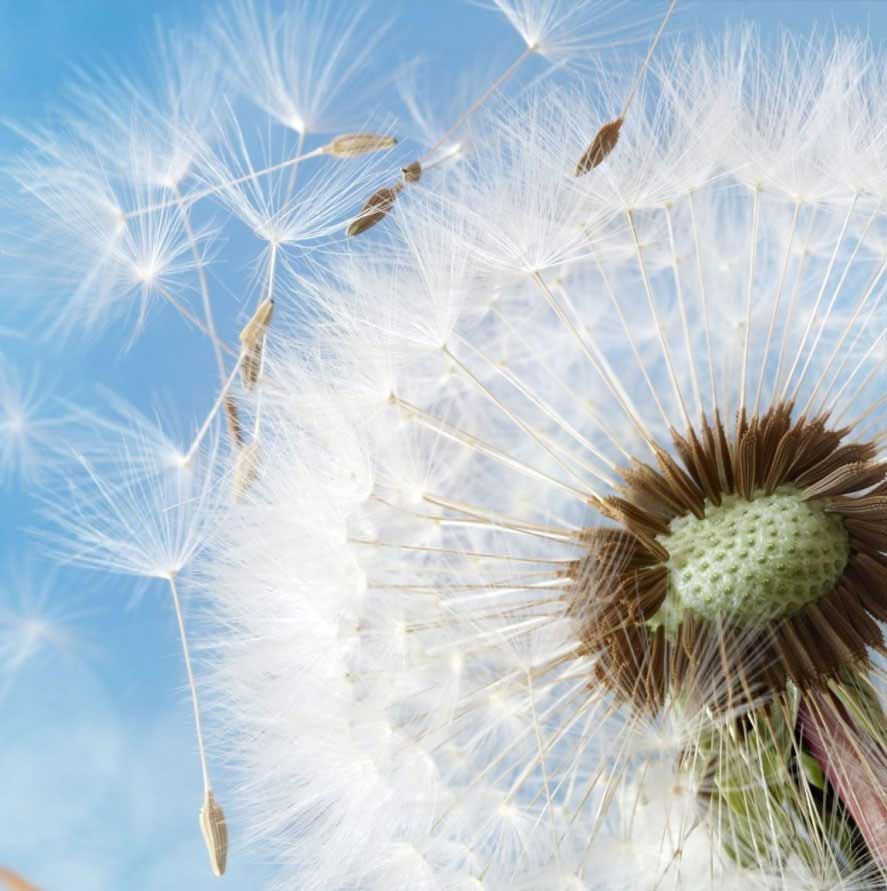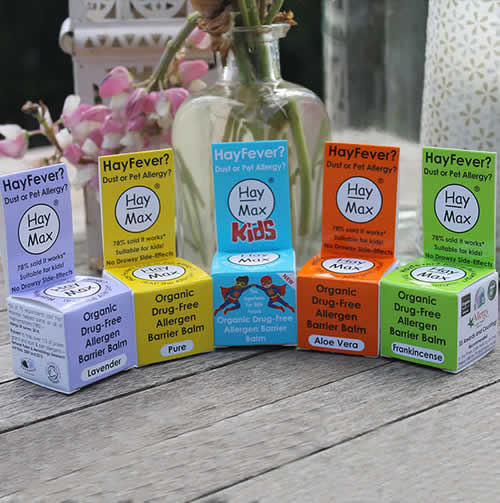Children & allergies
Children with allergies
Having a child with allergies can be a struggle. Giving them antihistamines can cause drowsiness and grogginess, which can be unpleasant to witness in your usually lively and excitable child. However, there are now many more options for your child in order to prevent and alleviate allergy symptoms.
In the last few decades a lot has changed in the allergy industry, some of it – including the range and effectiveness of treatments available – very much for the better. But not all: both the proportion of people in the general population suffering from allergies, and the proportion of sufferers who are children, have increased:
Allergy UK says the latest evidence suggests up to 30-35% of people worldwide suffer from allergies at some point in their lives. In the UK, it is estimated that up to 50% of children are diagnosed with an allergic condition.
Of course, whatever the allergy, be it hay fever, allergic rhinitis, asthma, dust, mould or pet allergy, the misery it brings – for the child who suffers, and the parent who suffers with the child – has not changed.
HELPFUL TIPS
So what can parents do to help their children manage hay fever symptoms? Quite a lot, fortunately. Here are some ideas:
- Make HayMax part of the daytime and bedtime routine. Apply immediately after washing/showering first thing in the morning and before going to bed. Pop a pot in your daytime bag and leave a pot by their bed so they can re-apply as needed. In independent studies* HayMax has been shown to trap over a third of the pollen before it gets into the body: less pollen, less reaction.
- Take your child to the GP, to get a proper diagnosis.
- If the symptoms occur only in high summer on hot, sunny days, it’s almost certainly hay fever. Although, it could be any number of other allergies and treatment might differ in each case. Luckily, there is evidence to show that applying HayMax to the base of the nostrils (where the air comes in) should work for all airborne allergens.
- Change children’s clothes daily and after they’ve been playing outside.
- Wash your child’s face and hair after periods spent outdoors. Pollen sticks to clothing, skin, and hair so symptoms can continue even when indoors. Washing or showering will remove any pollen remaining on skin and hair.
- Encourage them to wear wraparound sunglasses.
This creates a protective layer between their eyes and the pollen-laden atmosphere and can reduce symptoms considerably. It also relaxes their eyes, which relaxes them. - Wash children’s bedding frequently.
Pollen grains come indoors borne on the air and stick to bedding. That why frequent washing of bedding, covering the bed with a sheet – which is carefully folded & stored away from the bed during the night, before they get into bed – and turning pillows just before they are tucked in, can all help reduce symptoms. - Limit their exposure to pollen during peak periods.
Pollen is released early in the morning and travels upwards as the air warms up. In the evening, as the air cools, it moves back down again. Symptoms are usually worst during the early morning and evening, when the pollen grains reach nose height, so try to keep children indoors at these times. - Ensure they keep their HayMax with them to reapply as necessary. HayMax is small, so easy for children to put in their trays, pencil cases and schoolbags. Most schools are also OK with kids taking a pot in with them, as it is drug-free.
As with many other things, prevention is better than cure!
Visit the NHS website for lots of useful information on how to recognise hay fever in children, how to distinguish it from other allergies, and how to help your child or children cope with the symptoms.
*Independent studies at the National Pollen & Aerobiology Research Unit at the University of Worcester. Read HayMax studies here.




